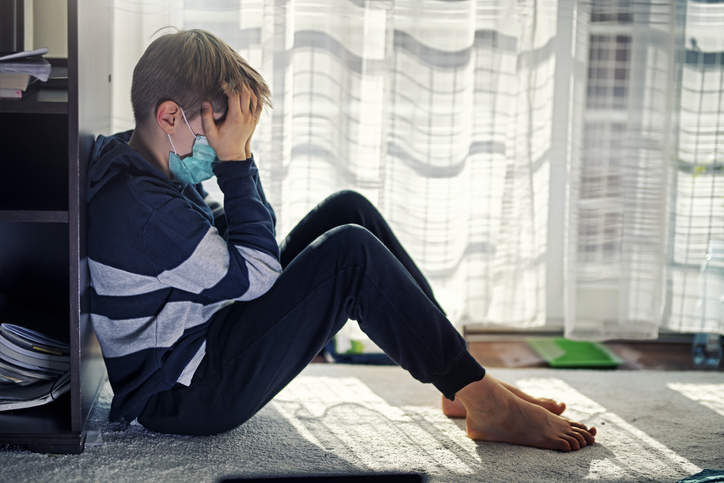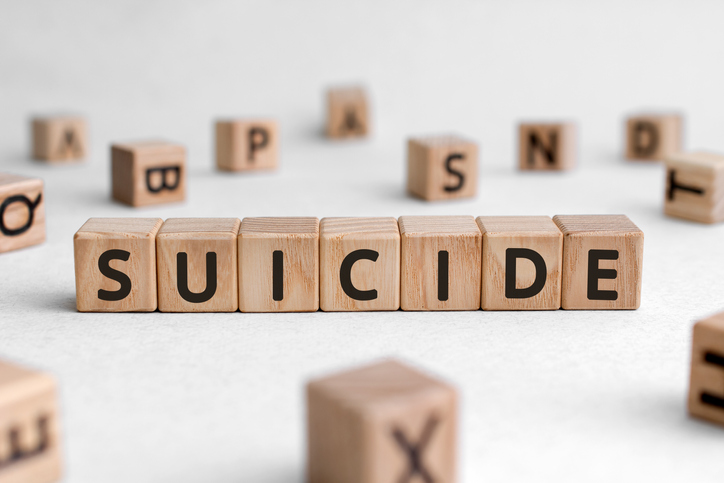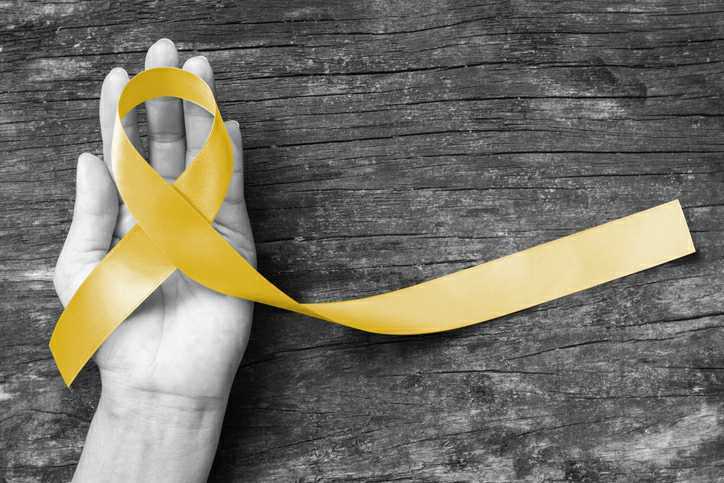Gun violence is an American public health crisis decades in the making

When someone has suicidal thoughts, an otherwise rational person can be overwhelmed, unable to think clearly, and irrationally end their life being unable to consider the consequences of their actions.
During these periods, it is absolutely vital to prevent that person from having the ability to take their own life, which is why gun control and gun safety can play a major role in suicide prevention.
The American Association of Suicidology was pleased to learn about newly elected President Joe Biden’s recently announced actions on tackling gun violence and for remembering to address suicides in that context.
Although the headlines tend to focus on gun violence that occurs during a criminal act, the majority of deaths caused by firearms in America are suicides. Furthermore, in America, just over half of all completed suicides in 2019 were caused by a firearm, which amounted to nearly 25,000 deaths.
“The Biden administration has announced a series of initiatives aimed at reducing the burden of gun violence in America,” said Michael Anestis, PhD, Co-Chair of AAS’s Firearms and Suicide Committee and Executive Director of the New Jersey Gun Violence Research Center. “The American Association of Suicidology is grateful that, in doing so, the administration specifically mentioned firearm suicide.”
What are red flag laws?
One of the notable policies that President Biden outlined was having the Justice Department publish examples of so-called “red flag” laws that states would be able to pass.
A Red Flag law would allow for an individual to request a court order that would temporarily bar another person who has presented a danger to themselves or others from buying a gun.
For example, if someone has repeatedly expressed suicidal ideations, their brother, spouse or relative could file a request to make sure that person wouldn’t have access to a firearm that could potentially be used in a suicide attempt.
“Pursuing data-driven solutions like extreme risk protection orders is a meaningful first step and a sign that the Administration is willing to actively pursue data-driven life saving measures to prevent firearm suicide,” Anestis said.
Easy access to firearms poses a risk
It must be pointed out that firearm ownership does not create suicidal ideation or make a non-suicidal person more likely to consider suicide.
What firearms do is increase the risk of death by suicide as an estimated 85%-95% of all suicide attempts involving a firearm result in death. This is a much higher percentage than many other methods of attempting suicides.
For comparison, the most common method of attempting suicide is by intentionally overdosing, which has estimated to be deadly in 2-3% of attempts.
Although firearm ownership does not cause or increase suicidal ideation, firearm access does increase suicide risk among members of a home where a firearm is present, particularly if the firearms are unlocked and loaded in the home.
Responsible firearm ownership, which includes safely securing firearms in a gun safe or storing them outside the home, can go a long way toward lowering this risk.
The Law Offices of Skip Simpson has the experience and knowledge to investigate the circumstances of suicide and help families navigate what is an extraordinarily difficult time. We serve clients nationwide. If you have a loved one who has committed suicide via firearm, contact Skip Simpson today.












